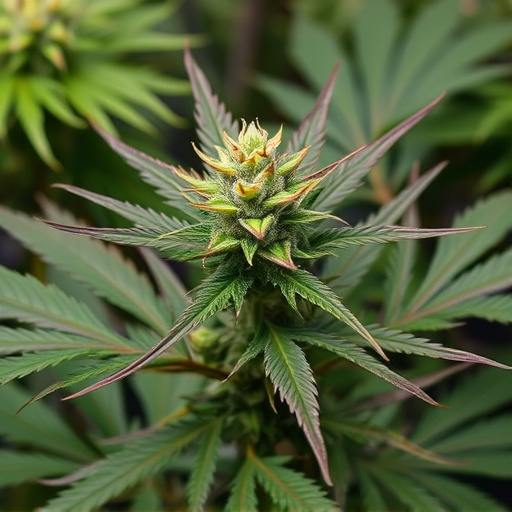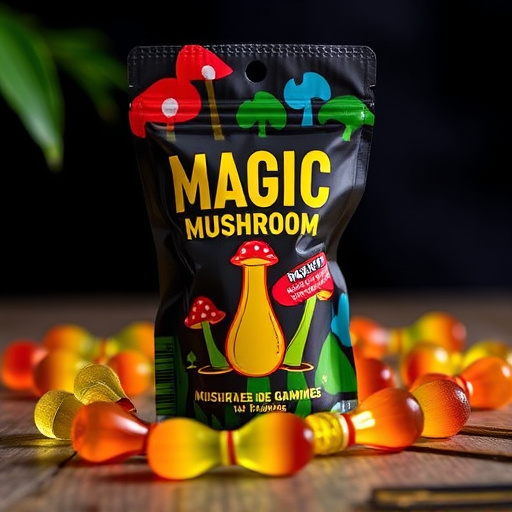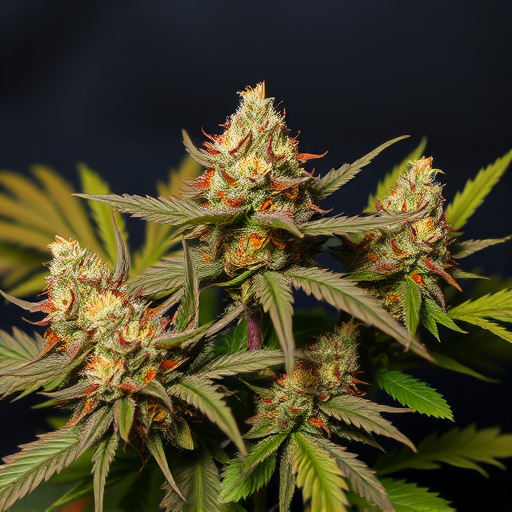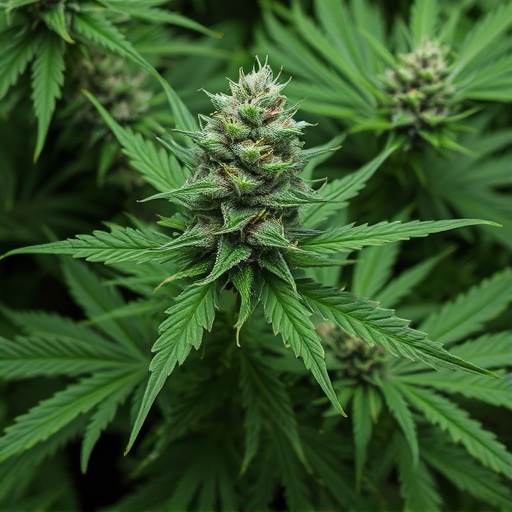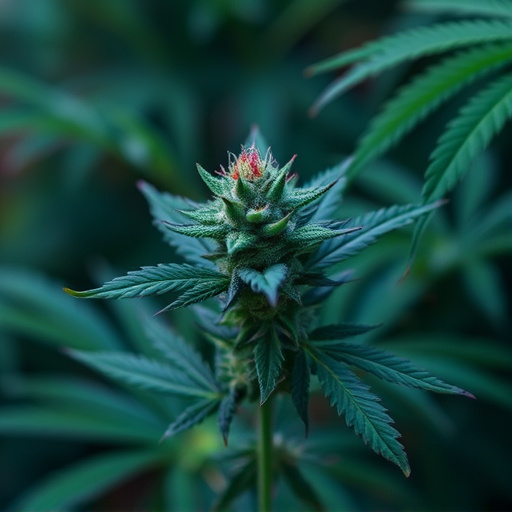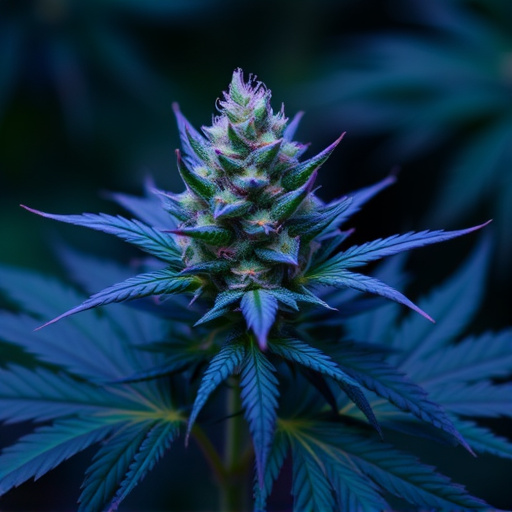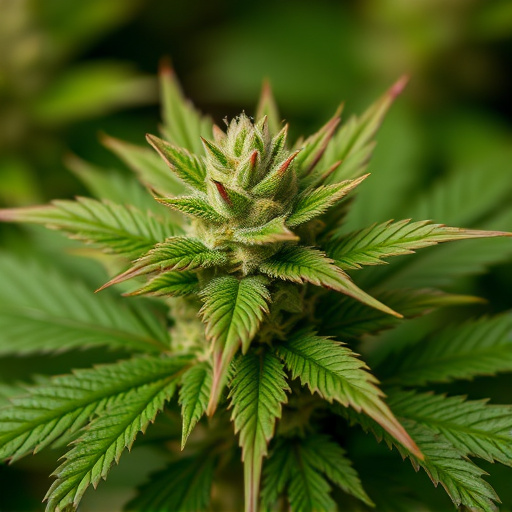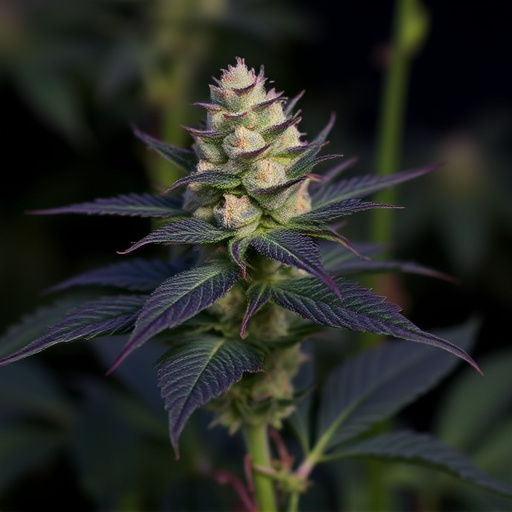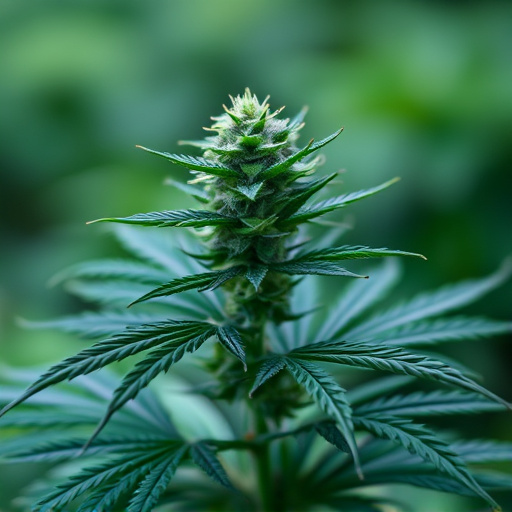The unique aroma of cannabis is shaped by terpene profiles and cannabinoid concentrations, with terpenes like myrcene contributing to scents like skunk. Genetic factors control terpene composition, allowing breeders to create specific strains for different preferences and medical needs, such as managing fibromyalgia. For individuals with fibromyalgia, understanding terpene dynamics is crucial when selecting cannabis strains, as balanced compositions offer both enjoyable aromas and potential therapeutic effects. Popular choices include Indica-dominant strains rich in myrcene, known for their sedative properties that alleviate muscle tension and improve sleep.
Ever wondered why some cannabis strains emit a distinct skunk-like aroma? This intriguing characteristic isn’t just about personal preference; it’s rooted in the plant’s chemical composition and genetic makeup. We’ll delve into how terpenes, these aromatic compounds, contribute to the skunky profile of various strains. Additionally, we explore specific cannabis varieties known for their potent fibromyalgia relief properties, with a focus on those boasting a skunkier scent, offering both therapeutic benefits and an iconic fragrance.
- Understanding Skunk-Like Aroma in Cannabis: Chemical Composition and Genetic Factors
- The Role of Terpenes: Unlocking the Skunk Smell in Different Strains
- Exploring Cannabis Varieties Ideal for Fibromyalgia Relief with a Skunkier Profile
Understanding Skunk-Like Aroma in Cannabis: Chemical Composition and Genetic Factors
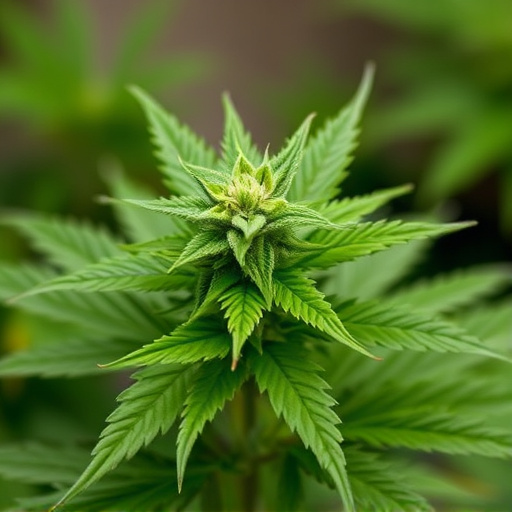
The distinctive skunk-like aroma associated with cannabis is a complex interplay of chemical compounds, primarily terpene profiles and cannabinoid concentrations. Terpenes, such as myrcene, limonene, and pinene, are responsible for the diverse range of scents and flavors in cannabis. Among these, myrcene is often linked to the pungent, skunk-like notes, with higher levels contributing to a more intense “skunky” profile.
Genetic factors play a significant role in determining a strain’s terpene composition and, consequently, its aroma. Breeder selection and genetic engineering have led to cannabis strains with varying terpene profiles, catering to diverse consumer preferences. For example, some Indica strains known for their relaxing effects often possess higher myrcene content, making them more skunk-like in scent. Understanding these chemical and genetic aspects helps cultivators create specific strains, including those best suited for medical conditions like fibromyalgia, where the right aroma and effects can enhance patient experiences and therapeutic outcomes.
The Role of Terpenes: Unlocking the Skunk Smell in Different Strains
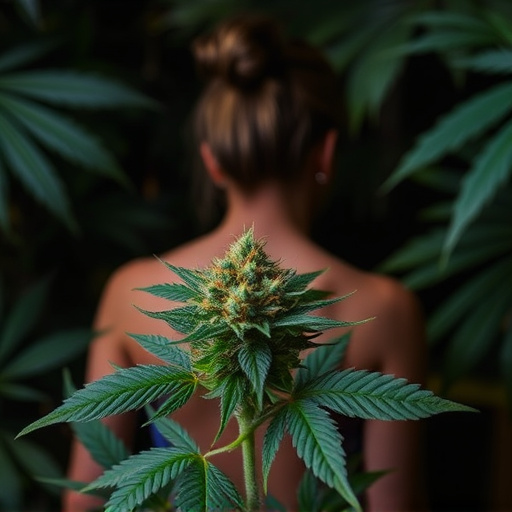
Terpenes play a significant role in determining the aromatic profile of cannabis strains, including those with a skunk-like scent. These organic compounds, responsible for the diverse flavors and aromas found in many plants, contribute to the distinct smell of different cannabis varieties. In particular, myrcene, a common terpene in many cannabis strains, is often linked to the characteristic skunkiness.
While some strains naturally produce higher levels of myrcene, others may have lower concentrations, resulting in a less pronounced skunk odor. This variation in terpene profiles can be attributed to genetic differences and environmental factors during cultivation. For individuals seeking relief from fibromyalgia through cannabis, understanding these terpene dynamics is essential. The best cannabis strains for fibromyalgia are often those with balanced terpene compositions, including myrcene, that provide both aromatic pleasure and potential therapeutic benefits.
Exploring Cannabis Varieties Ideal for Fibromyalgia Relief with a Skunkier Profile
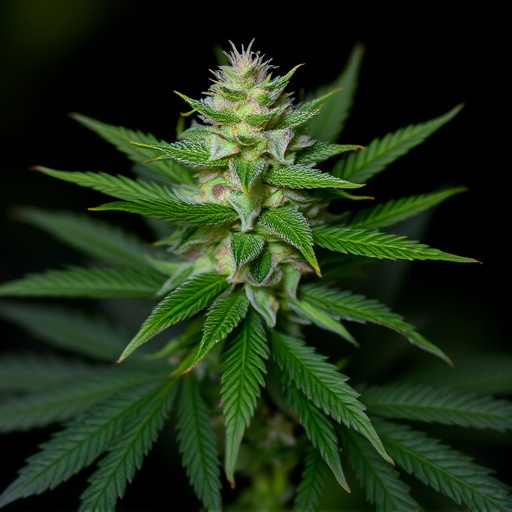
For individuals seeking relief from the chronic pain and inflammation associated with fibromyalgia, certain cannabis strains known for their skunkier aroma can be particularly effective. These strains often contain higher levels of myrcene, a terpene known for its sedative properties, which can help ease muscle tension and promote better sleep—key aspects in managing fibromyalgia symptoms.
The best cannabis strains for fibromyalgia relief with a skunkier profile typically fall into the Indica category, known for their calming effects. Strains like “Granddaddy Purple,” “Bubble Gum,” and “Blue Dream” are popular choices due to their potent combinations of cannabinoids and terpinosides, offering both pain management and anxiolytic benefits. Exploring these varieties can provide a more soothing experience, catering to the specific needs of those looking for natural relief from fibromyalgia’s distressing symptoms.
In conclusion, the skunk-like aroma in cannabis is primarily driven by chemical composition and genetic factors, particularly the presence of terpenes. These aromatic compounds not only contribute to the distinct smell but also offer therapeutic benefits, such as pain relief for conditions like fibromyalgia. Exploring specific cannabis varieties with robust skunk profiles can thus enhance quality of life for those seeking natural remedies. Understanding these nuances allows users to make informed decisions when selecting strains, particularly the best cannabis strains for fibromyalgia, ensuring optimal relief while enjoying a unique sensory experience.
